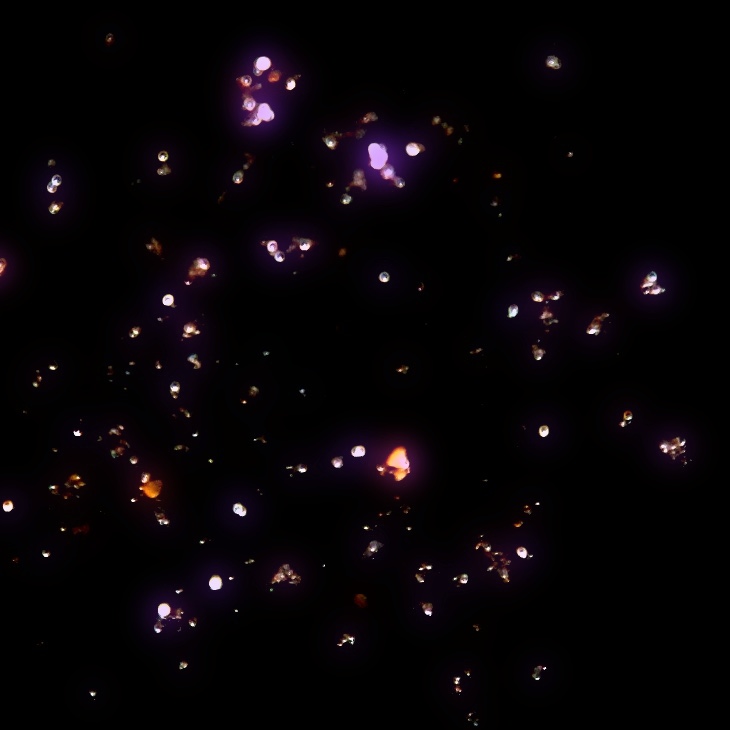Lawrențiu
103
Lr
Grupă
n/a
Perioadă
7
Bloc
d
Protoni
Electroni
Neutroni
103
103
159
Proprietăți Generale
Număr atomic
103
Masă atomică
[262]
Numar de masa
262
Categorie
Actinide
Culoare
n/a
Radioactive
Da
Numit după Ernest O. Lawrence, inventator al ciclotronului
Structură cristalină
n/a
Istoric
Lawrenciul a fost descoperit de Albert Ghiorso, Torbjørn Sikkeland, Almon Larsh și Robert M. Latimer în 1961 la Universitatea California, Berkeley.
A fost produs prin bombardarea californiului cu atomi de bor.
Lawrenciul a fost ultimul membru al seriei actinidelor descoperit.
A fost produs prin bombardarea californiului cu atomi de bor.
Lawrenciul a fost ultimul membru al seriei actinidelor descoperit.
Electroni pe nivelul de energie
2, 8, 18, 32, 32, 8, 3
Configurație electronică
[Rn] 5f14 7s2 7p1
Lawrenciul este un ion trivalent în soluție apoasă
Proprietăți Fizice
Fază
Solid
Densitate
- g/cm3
Punct de topire
1900 K | 1626,85 °C | 2960,33 °F
Punct de fierbere
-
Energie de fuziune
n/a kJ/mol
Energie de evaporare
n/a kJ/mol
Căldură specifică
- J/g·K
Abundența în scoarța Pământului
n/a
Abundența în Univers
n/a

Numarul CAS
22537-19-5
Număr CID PubChem
n/a
Proprietăți Atomice
Rază atomică
-
Rază de covalență
-
Electronegativitate
1,3 (Scara lui Pauling)
Potențial de ionizare
4,9 eV
Volum molar
-
Conductivitate termică
0,1 W/cm·K
Număr de oxidare
3
Aplicații
Lawrenciul este utilizat doar în scopuri de cercetare științifică.
Lawrenciul este dăunător din cauza radioactivității sale
Izotopi
Izotopi stabili
-Izotopi instabili
251Lr, 252Lr, 253Lr, 254Lr, 255Lr, 256Lr, 257Lr, 258Lr, 259Lr, 260Lr, 261Lr, 262Lr, 263Lr, 264Lr, 265Lr, 266Lr